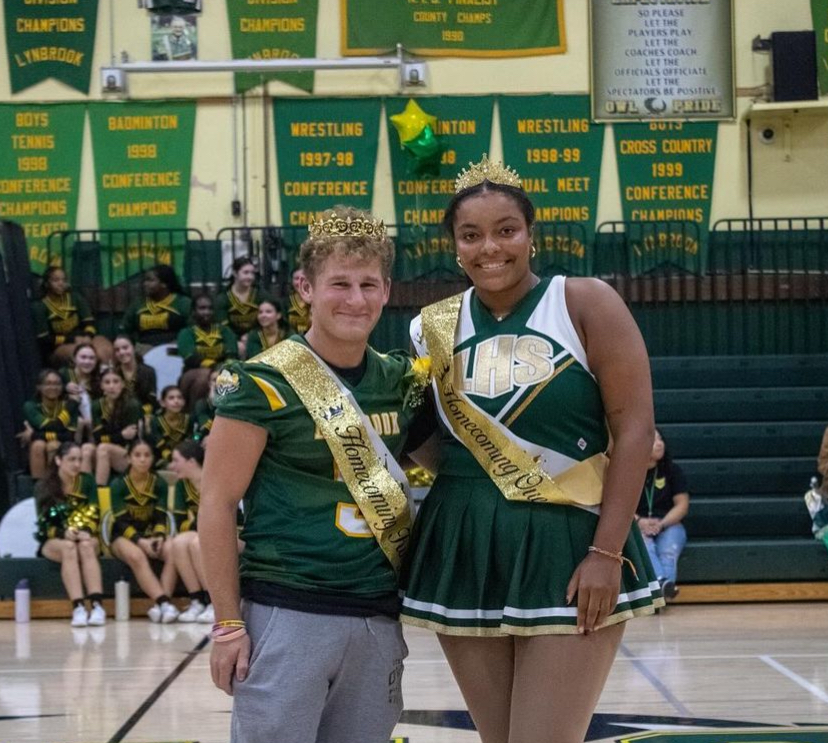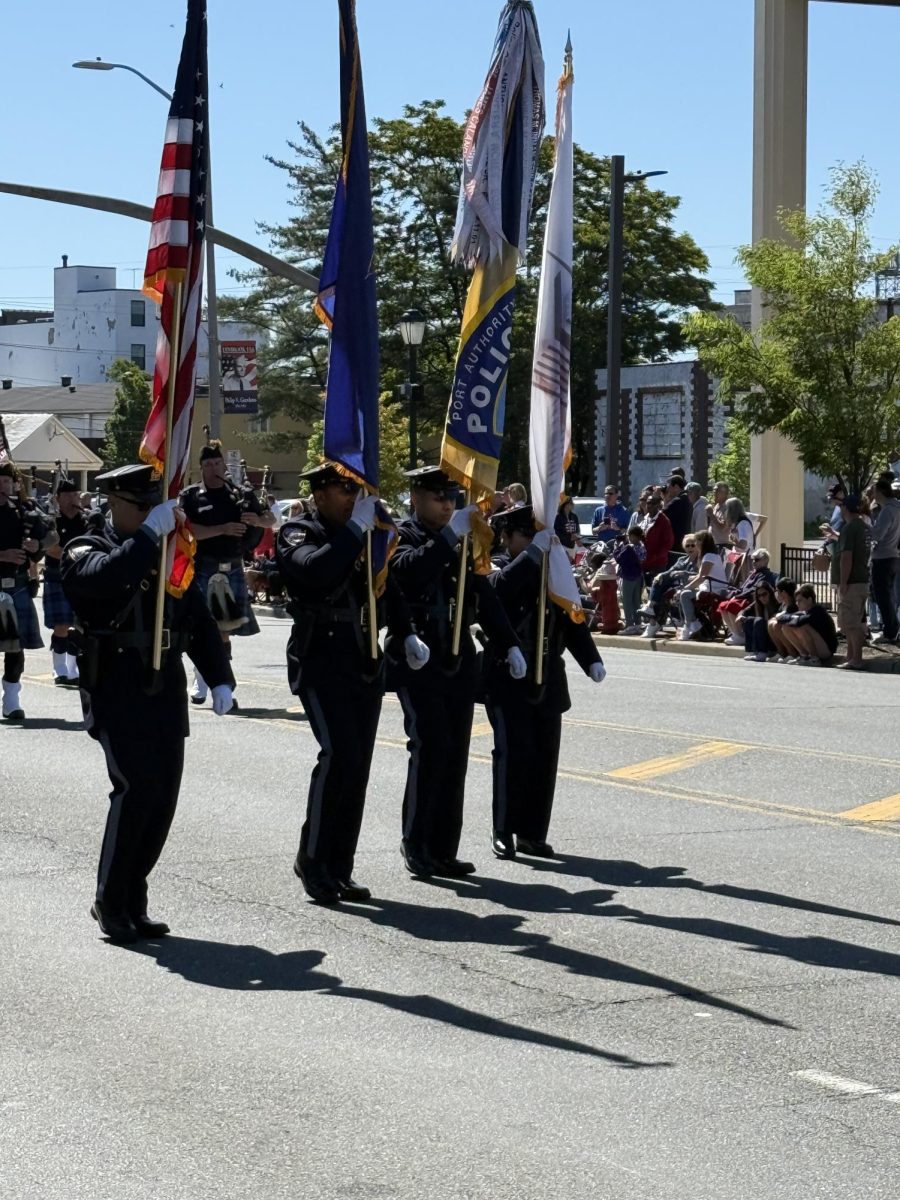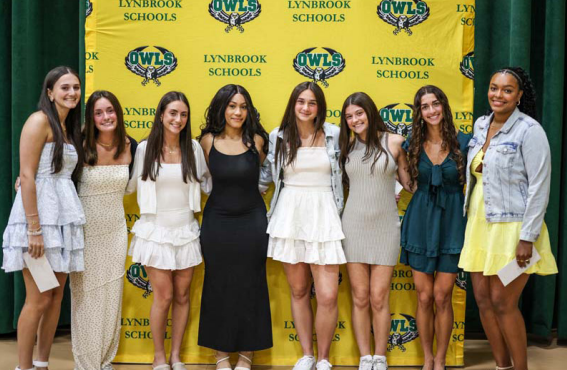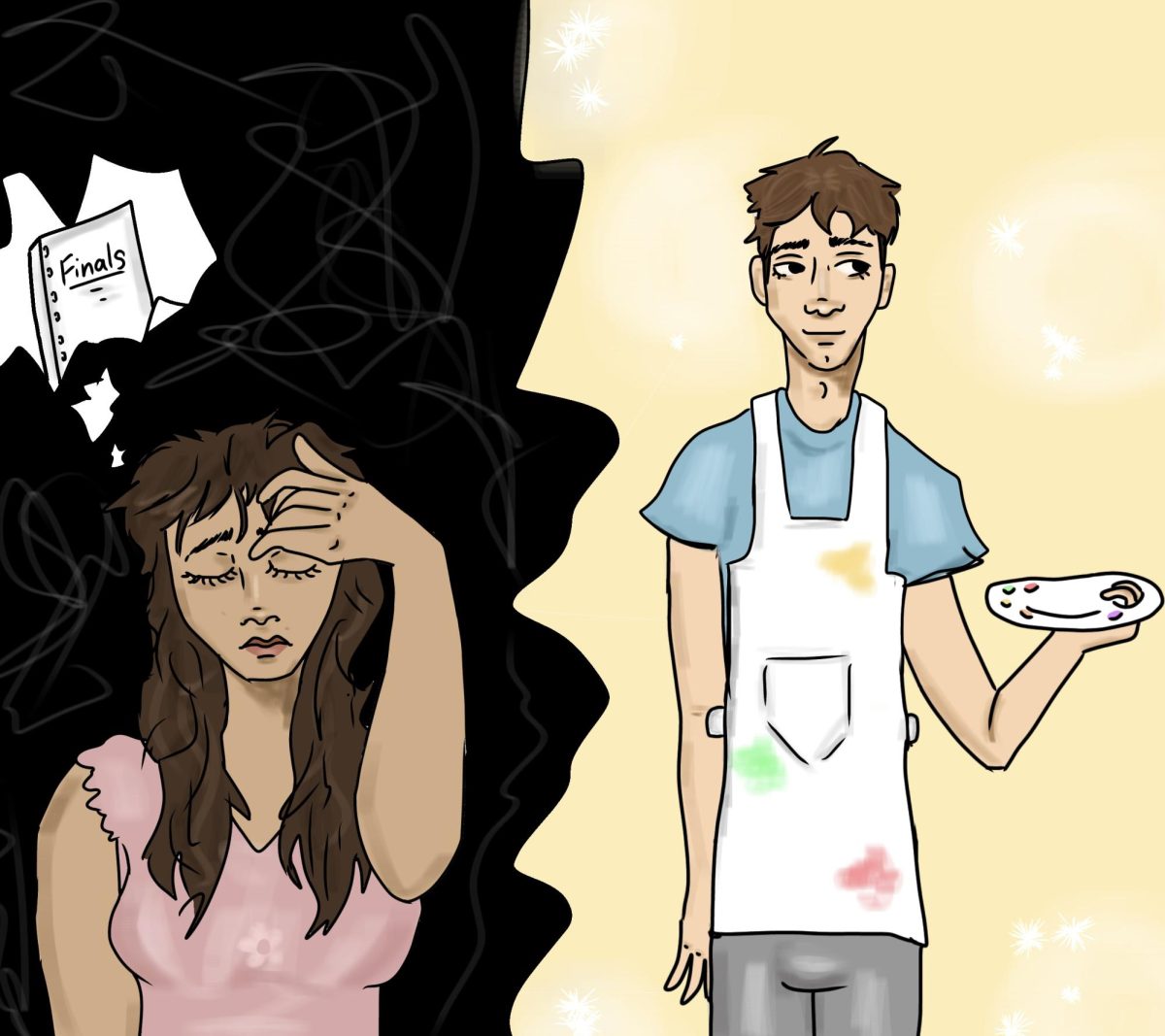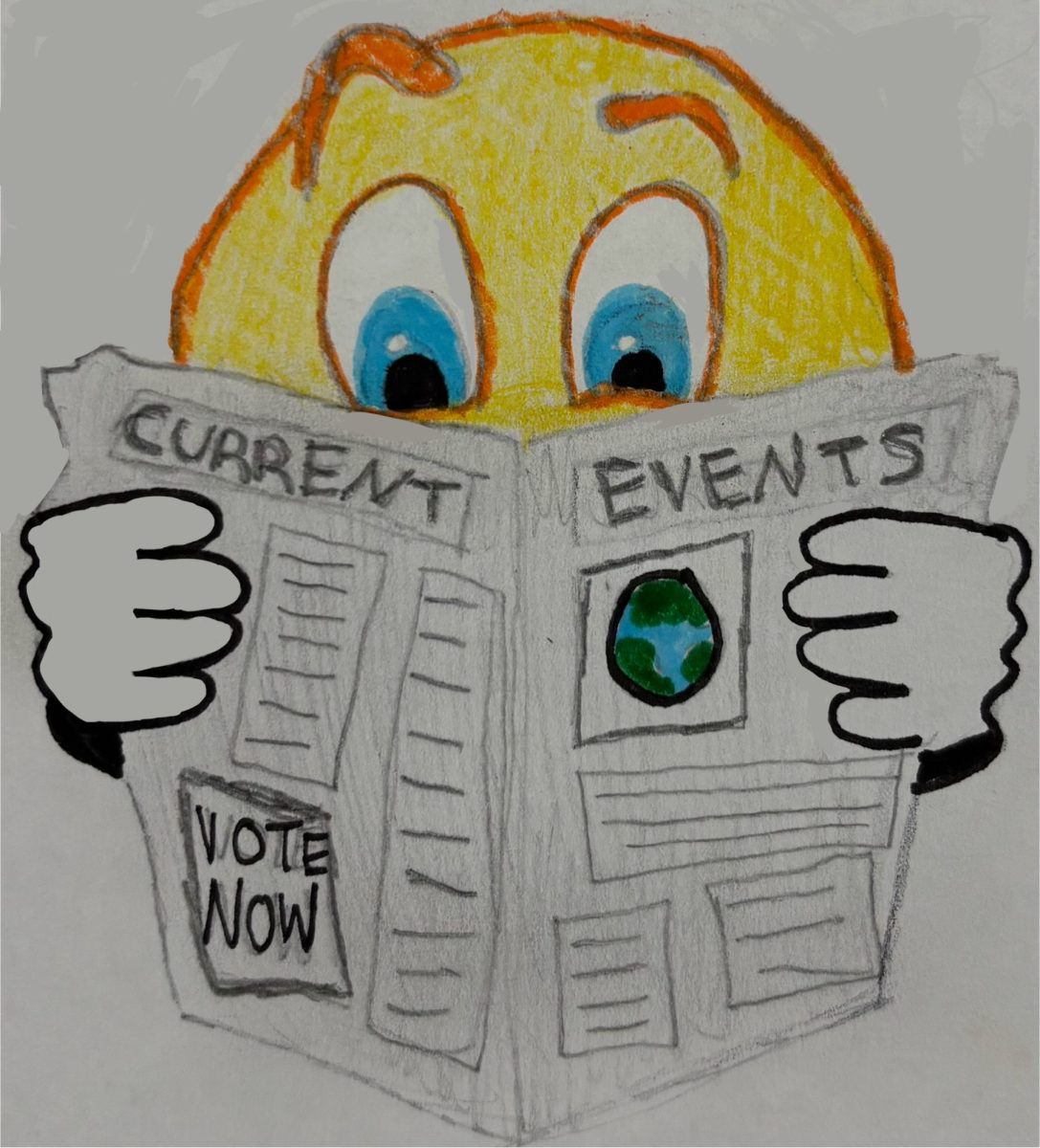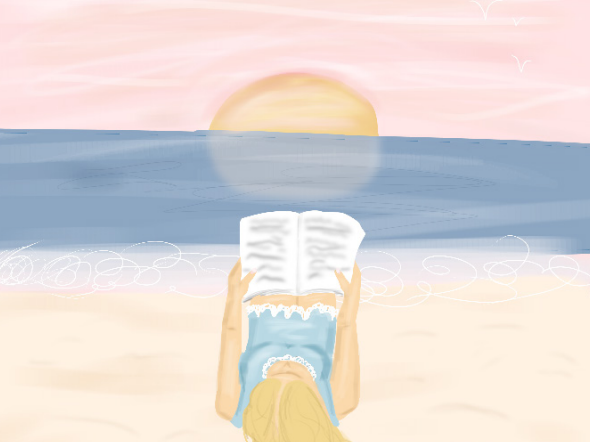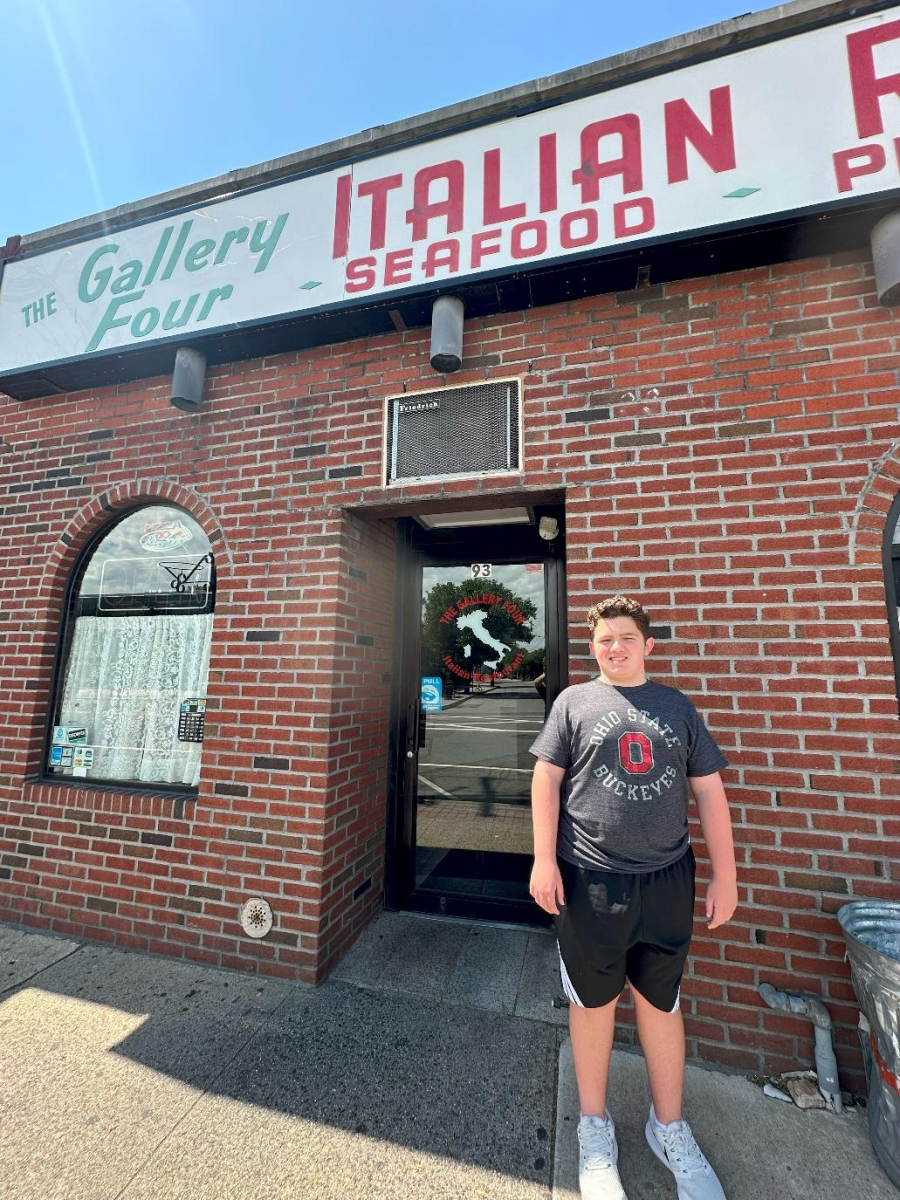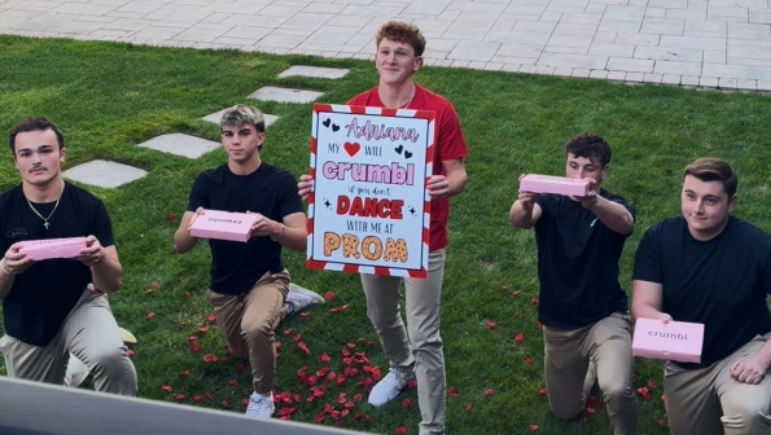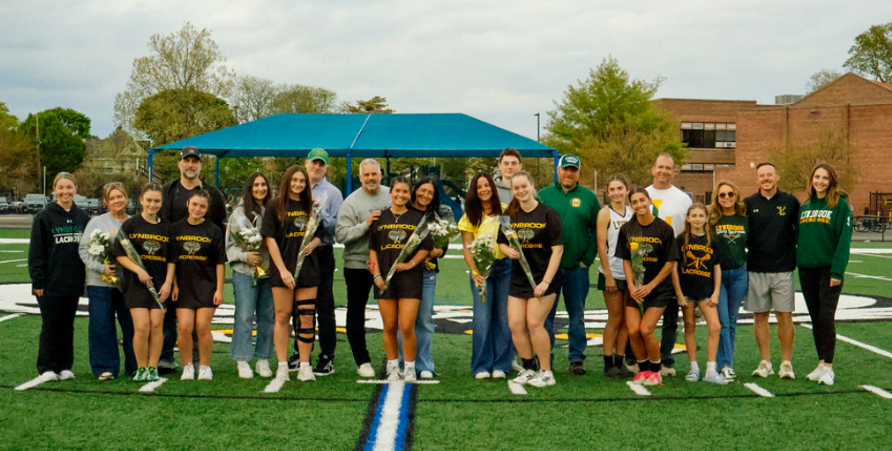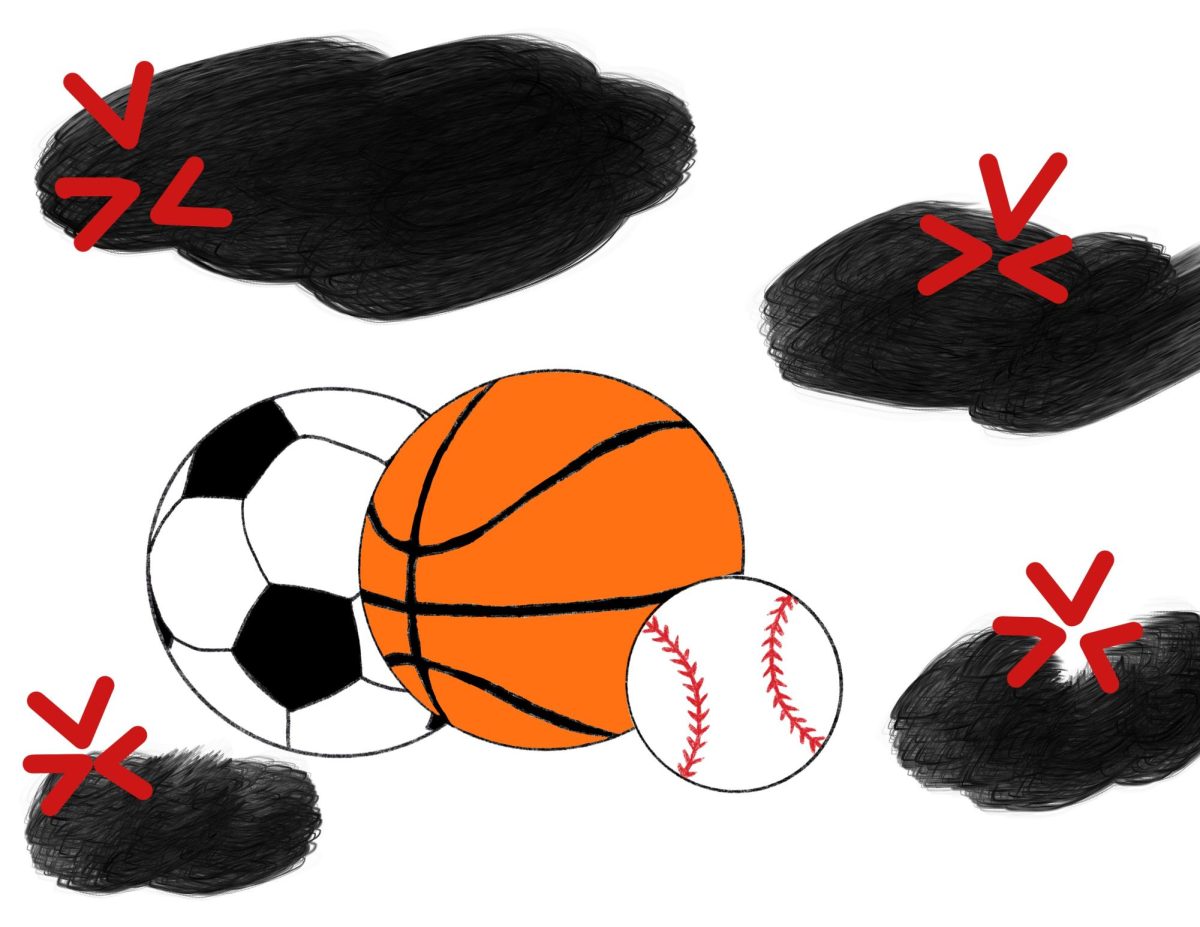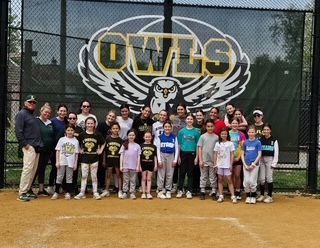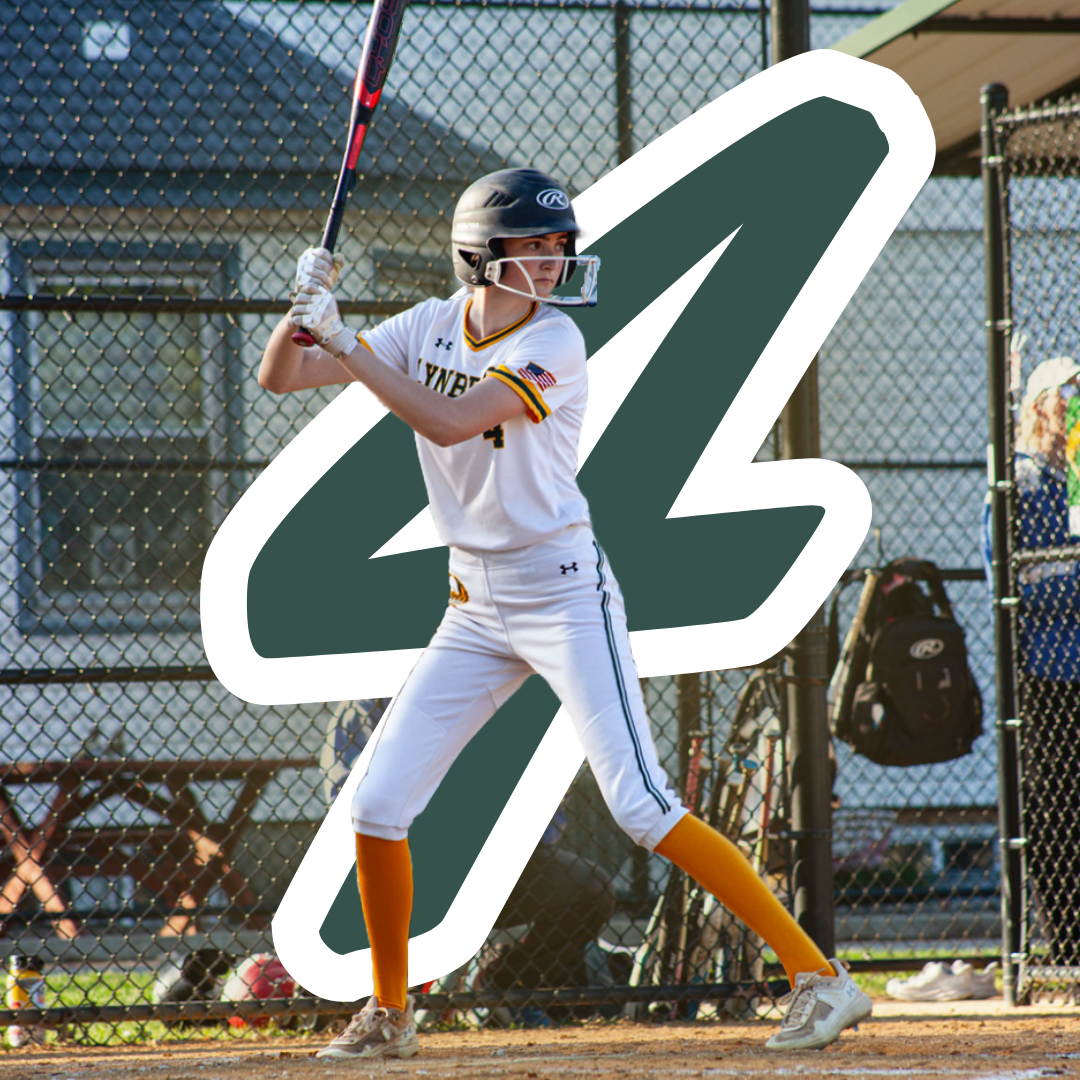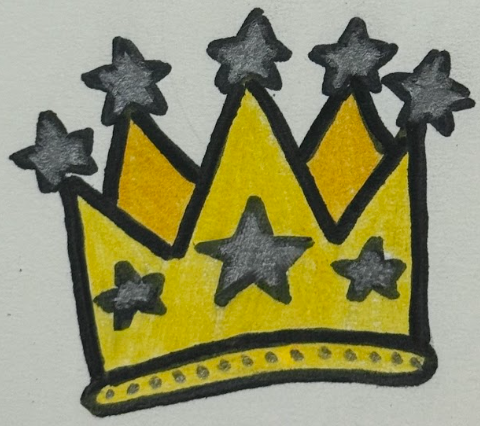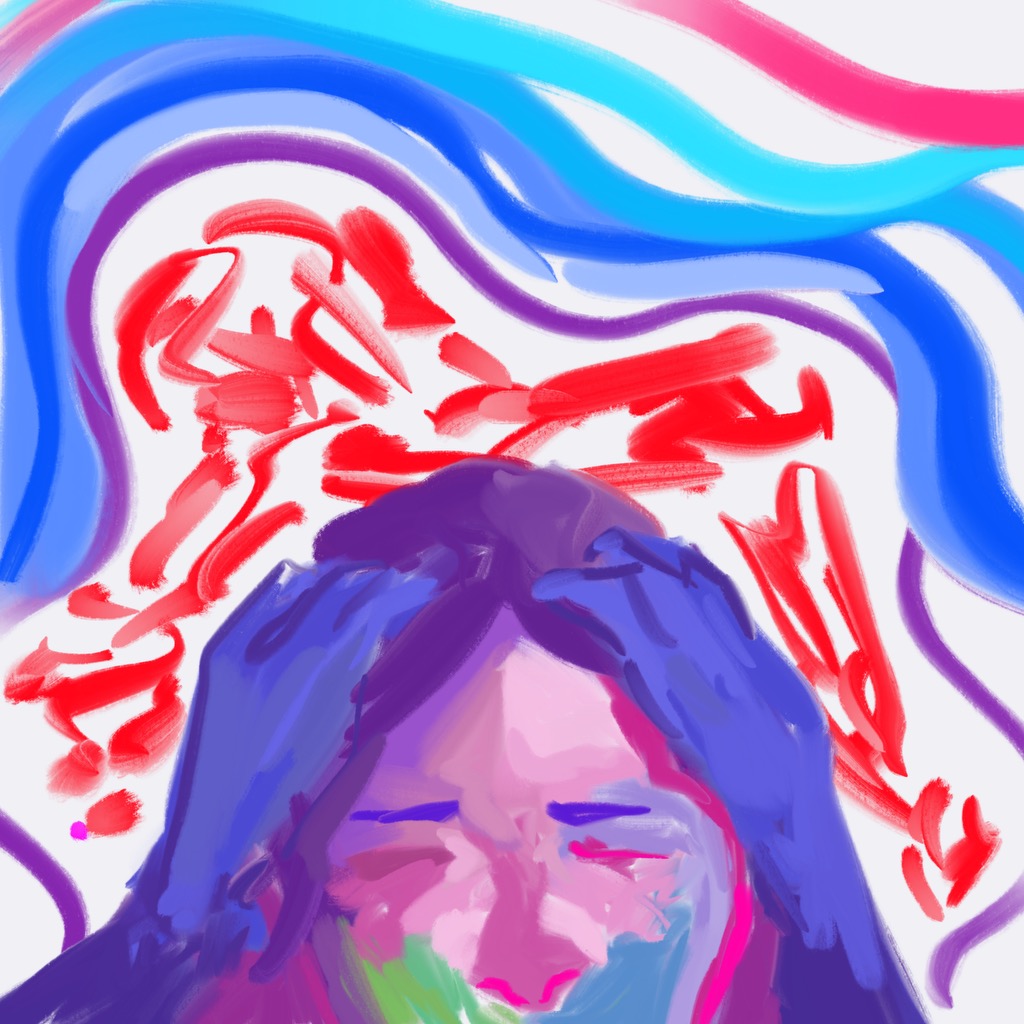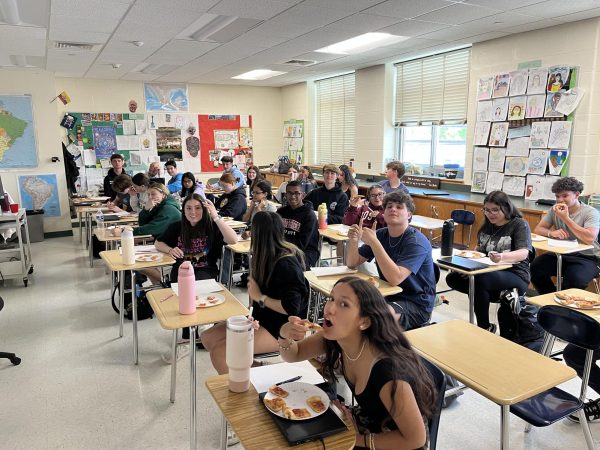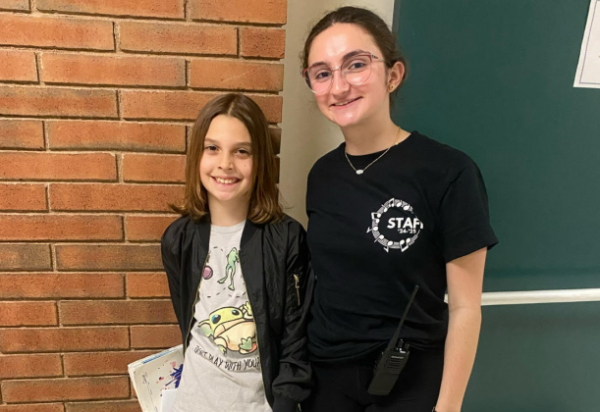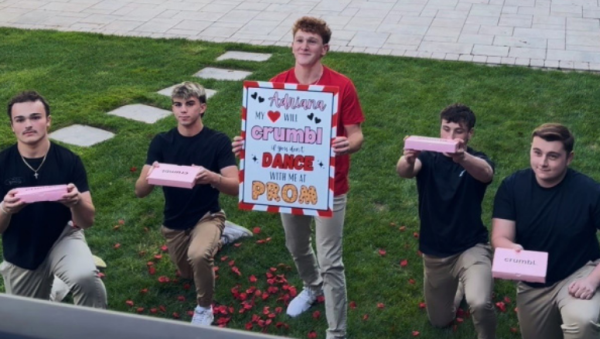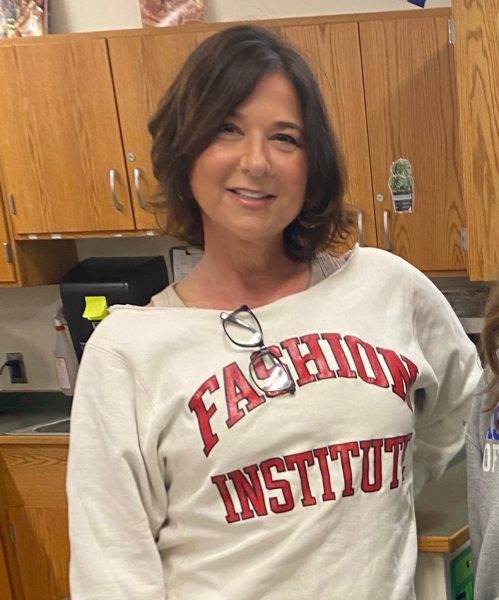The Complicated History of Thanksgiving
The American tradition of Thanksgiving is one that has been going on for centuries; each year, individuals gather around to give thanks. But is the concept itself one about truly giving thanks? Is the story we have been told the true story of Thanksgiving?
“To me, Thanksgiving is a time to be thankful and grateful, a time to reflect on all that you have while enjoying a great time with friends and family,” said junior Madden Hausknecht. “I have always thought of Thanksgiving the way it’s supposed to be represented, a joyful time of celebration and giving thanks.” These days, the national holiday is one that mostly connotes traditions of eating turkey, enjoying pumpkin pie, and even playing football. “I was taught the narrative that most Americans are taught in elementary school. Thanksgiving was framed as this historic example of cooperation and tolerance. I personally believe that people like to tell and hear stories of cooperation,” explained Laura McCarthy, a social studies teacher. People enjoy this clean and ingenuous story we are told about the first Thanksgiving. The construct of Thanksgiving is also one that has many different regional meanings in the United States. In Canada, it specifically has the meaning of celebrating a good harvest – a common idea of what Thanksgiving represented in the U.S. for quite a long time. “Friends, family, gratitude and appreciation [is what Thanksgiving represents] … many of us do not celebrate the harvest like we once did,” said David Rabinowitz, also a social studies teacher. “The positive aspects are abundant and vary based on one’s way of celebrating,” Hausknecht said, “while the only negative aspect I see is that the holiday is related to the suffering of indigenous American peoples.”
There are multiple accounts of how Thanksgiving happened. Some believe that it was the Pilgrims and the Native Americans who broke bread together in October of 1621; while, others believe that the Pilgrims feasted on their own. “I was taught that the Native Americans either joined or were asked to join in,” said Rabinowitz. The narratives of Thanksgiving, regardless of what one is taught in or out of school, are quite hazy. “There are two firsthand accounts of the first Thanksgiving that do not offer much detail or insight to that first event,” said Rabinowitz. He explained that these “two firsthand accounts” are Edward Winslow’s Mourt’s Relation and William Bradford’s journal Of Plymouth Plantation; both men were Pilgrims and governors of the first Plymouth colony.
For many indigenous individuals, Thanksgiving holds a more bitter narrative. In an interview in an article entitled “The Thanksgiving Myth Gets a Deeper Look This Year” by Brett Anderson for The New York Times (nytimes.com), Robert Magnan, the leader of a buffalo hunt at Fort Peck said, “Thanksgiving is kind of like Columbus Day for Native people.” He added, “Why would we celebrate people who tried to destroy us?” The hunt was marked by a ceremony to give thanks for each buffalo that descended from a lineage of animals nearly wiped out by white settlers during the late 19th century. Some indigenous people do celebrate Thanksgiving, but they do so in different ways from what is traditionally seen. In an article for USA Today (usatoday.com) entitled “What Do Native Americans Really Think About Thanksgiving,” Lily Juneau, a member of the Fort Peck Sioux Tribes, said, “I celebrate it in the name of family and remembrance of my ancestors. It’s also a sad day reflecting on the atrocities that happen to Native people.”
Perhaps it is time to reconsider our ways in reference to Thanksgiving. “I think children should continue to learn about the values of cooperation and gratitude…Students should learn about the actual events of Thanksgiving from an early age. My children have been learning about racism, slavery, and the civil rights movement since kindergarten. As students get older, they can be exposed to more details,” McCarthy said.
Thanksgiving may be a holiday that holds an abundance of enjoyment for many individuals across the U.S. However, it is worth considering if there are ways to celebrate Thanksgiving as a time to give thanks and a time to appreciate family and friends, while also coming to terms with the injustices brought upon Native Americans (both historically and today).
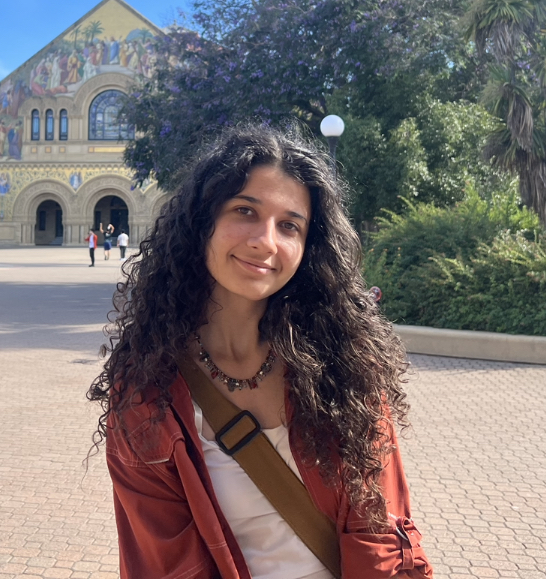
I’m a member of the Class of 2025. When I’m not writing, editing, or helping lay out Horizon’s print editions, I like to rock climb, learn about...

